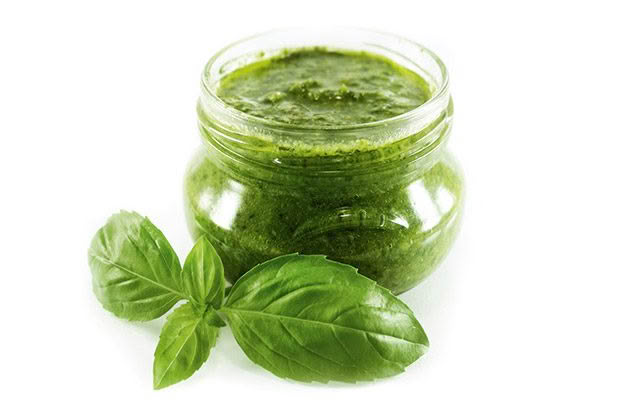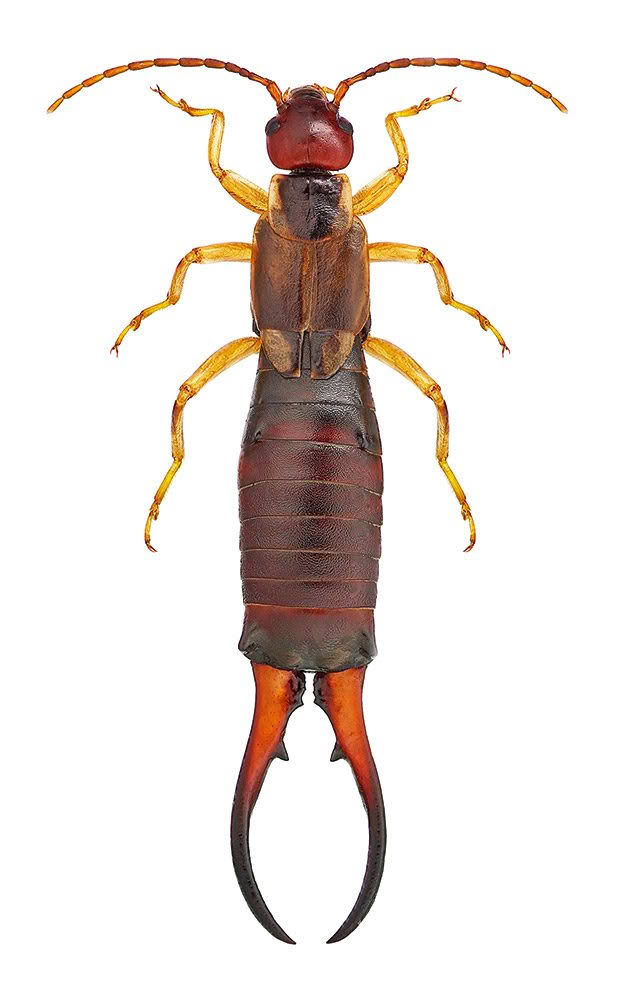7 gardening tasks for February: Harvest herbs for winter use, sow swedes and turnips

Fennel seeds ready for harvest.
Gardening never stops — especially in the height of summer.
Words: Jane Wrigglesworth
Harvest & dry herbs for winter use. Make basil pesto to freeze, or dry the leaves of lemon balm, lemongrass, anise hyssop (Agastache foeniculum), stevia and holy basil (Ocimum sanctum). If you have trouble growing sage, thyme and oregano in winter, dry these too. Hang in small bunches or use a food dehydrator to dry.

If your worm bin smells rotten or vinegary, it’s too acidic. Add a sprinkle of agricultural lime to neutralise the pH and cover food with damp paper. Avoid adding acidic foods, such as citrus, and don’t overfeed worms by leaving lots of food lying around.
Adding crushed eggshells (calcium carbonate) also neutralises pH, and provides worms with grit, helping them to digest foods.
Keep an eye on your tomatoes. In times of drought, extreme heat and high sunshine hours, fruit may suffer sunburn, resulting in white or yellowy patches on leaves and blisters on the skin. To prevent this, keep soil damp and have some shade. Mulching will help keep moisture in the soil for longer.

Plagued by earwigs? This insect’s food preference is decaying plant material, but it will also devour living plants, including vegetables (especially basil, lettuce and celery), fruits, and flowers (especially dahlias).

Make a trap by filling a small container with equal parts soy sauce (an attractant) and vegetable oil. Once they fall in, they won’t be able to swim or climb out. Secure with a lid and punch holes big enough for the earwigs to get in. Half-bury the container in the ground.
Collect fennel, dill and cumin seeds, to dry and use in cooking.

Sow swedes and turnips. Both taste sweeter after a frost, so those in cooler regions get the best flavour. Swedes look like turnips, but they have yellowy-orange flesh (turnips have white flesh). Swedes are also sweeter than turnips, but turnips grow faster and can be harvested in just 5-8 weeks.

Sow or plant seedlings of beetroot, broccoli, Brussels sprouts (in cooler areas), cabbages, carrots, cauliflowers, kohlrabi, radishes, silverbeet, and spinach.
Love this story? Subscribe now!
 This article first appeared in NZ Life & Leisure Magazine.
This article first appeared in NZ Life & Leisure Magazine.
